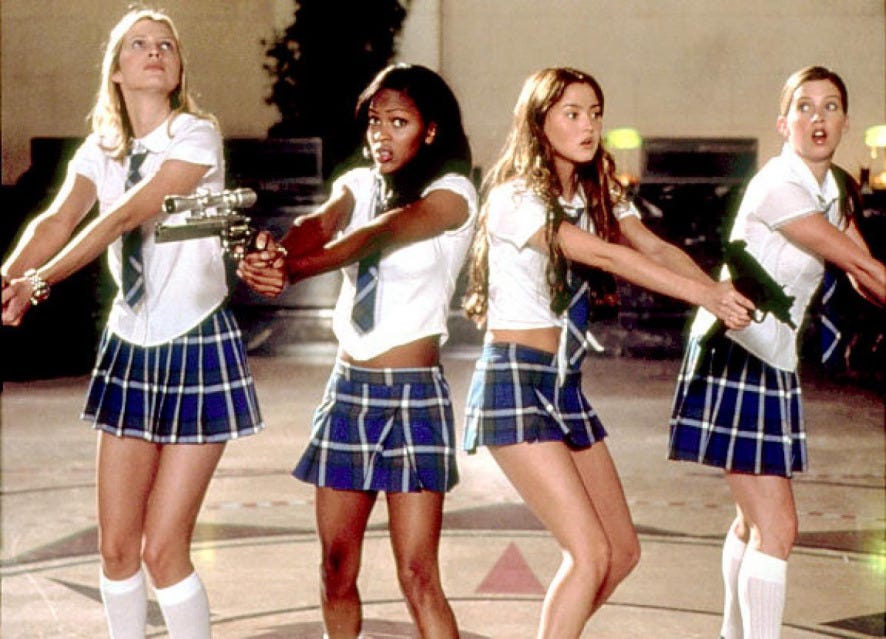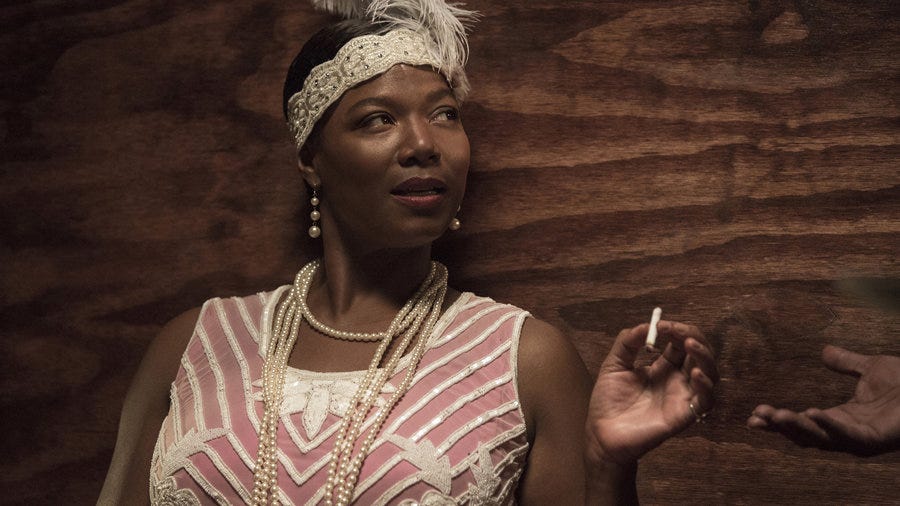This content has been archived. It may no longer be relevant

Many people this year celebrated Pride month by either attending pride marches, changing filters or even learning about LGBTQ+ history. However many people of color who are on the LGBTQIA+ spectrum may have felt slighted and rightly so. While Pride was initially started by three trans women of color, the face of LGBTQIA+ movements is staunchly white.
The first official pride was celebrated June 28th,1970; one year after the Stonewall Riots. The stonewall riots were a series of demonstrations, spontaneously carried out as resistance against police violence. In the 1950s and 1960s, many LGBTQIA+ people were targeted for homophobic reasons by police. To avoid raids and attacks on their property, establishments did not allow openly queer people as patrons. As a result, many LGBTQIA+ people sought solace in Stonewall, an Inn situated in Greenwich Village, New York City, which did not discriminate against gender variant people. The patrons were often drag queens, butch lesbians, effeminate men, and others outcasted for their gender identity/sexuality. However one day a police raid took place at Stonewall and a few members of the community resisted. Marsha P. Johnson, Sylvia Rivera, and Miss Major Griffey were the main players in inciting the uprising; our fearless leaders were 3 trans women of color. Since then efforts for LGBTQIA+ liberation worldwide have been tumultuous, once you add the struggles of race and class to the mix, they make matters even more complicated.
Often times communities of color overlook issues regarding sexuality or gender if they deviate from cisgender or heterosexuality. There are several reasons for that and the biggest stems from colonialism. Many people of color have had their narratives erased when it comes to sexuality. We know that gender variant people have existed throughout the world pre-modernity so the argument that suddenly there’s a “gay agenda” is false. With that being said, while marriage equality opened many doors, there’s still an abundance of work that needs to be done. One of the biggest issues LGBTQIA+ people still face is the lack of adequate media representation. Media is a powerful tool for social change as it helps raise awareness to sensitive issues. Though media is a double-edged sword which is often used by the privileged to essentially harm us, it can also be used to bring normalcy to groups who are pushed to the margins, and the latter is needed now more than ever. People of color who identify on a various sides of the LGBTQIA+ spectrum are represented the least in media, both in front of and behind camera, including the writing room.
While streaming services like Netflix, HULU, and Amazon have made more films accessible cross-genre/platform, the LGBT category is overwhelming white; here are some films that feature leads of color. The coming of age stories include:
- Moonlight
- Pariah
- White Frog
More drama based films Include:
- Gun Hill Road
- Tangerine
- Naz and Malik
The films listed above are not the only ones that feature people of color as lead but I chose them for varying reasons such as relatable content, cinematography and delivery of the actors and actresses. The themes range from a Black American lesbian coming to terms with her sexuality despite her parent’s wishes(Pariah) to a young man dealing with his Asian American identity and loss of his special needs brother who was secretly gay(White Frog). It should be noted that the experiences of POCs vary from region to region and across religions and that these stories may have similarities but are not monolithic.
Thanks to the Internet there are more platforms shining a spotlight on web series as opposed to television shows. While there are a few shows that feature LGBTQIA+ people of color, there are even more web series that are working for more representation. This includes The Get Down for the music lovers and Brown Girls, Master of None, and Orange is the New Black for more comical shows. We also can’t forget Steven Universe and another Netflix original, Sense 8. While there’s something to be said about these wonderful shows there are a few stand out moments that come to mind for me. The beautiful thing about Steven Universe is that Steven, the titular character, lives in a household of women who raise him. There are a few gender variant characters that exist in the series who begin romantic relationship as the show progresses. In 2017’s Brown girls, there’s a character that is afraid to come out due to her Muslim background, which conflicts with a relationship she’s afraid to pursue and her family. The shows above have stories where the characters play major roles, often getting standalone episodes or consistent storylines. I was cautious to make sure that none of the shows played second fiddle to white counterparts. Many young people of color should relate to the shows, as many of them feature young people forced to make decisions about their identities and life path.

In the world of film, the majority of heavyweights are white cishet male. While we do have the likes of Ava Duvernay and Ryan Coogler, they are the exception, not the rule. LGBTQIA+ filmmakers and writers of color are rarely acknowledged. Dee Rees, Justin Simien and Angela Robinson for example. Dee Rees directed Pariah and HBO’s, Bessie. Justin Simien is best known forThe Dear White People film as well as the Netflix spinoff. Angela Robinson directed D.E.B.S. and Herbie Fully Reloaded. These creators are out. Many of the stories they craft feature queer characters of color. In the Dear White People series, there’s a character named Lionel that struggles with his sexuality as a Black gay man. Bessie is a biopic starring Queen Latifah, about American Blues singer Bessie Smith, who was openly polyamorous and pansexual in a time that queerness was shunned.With the success of the aforementioned creators, I hope they continue to make projects about fictional characters as well as historical figures.

As I said before, people of color on various sides of the LGBTQIA+ spectrum are represented least in the media but I am excited about more LGBTQIA+ representation that will be coming in the future. We are seeing more queer folks grab the opportunity to self-publish, self-produce and apply for writing and production fellowships. As we end Pride month, we must understand that this month is more than a corporate celebration. Pride should make us reflect for those we have lost almost every day to violence, just for solely existing. Many Queer people around the globe are attacked, punished, systemically oppressed and killed.
We need more minorities in the boardroom so that there are adequate and fair representations and less tiring tropes. More effort should be made to highlight the struggles that LGBT+ community face. This demographic experience an alarming rate of homelessness, job insecurity, and violence. There are many campaigns to combat discrimination including blogs, organizations and videos, including Nerdy POC. Many LGBTQIA+ people have trouble defining what their identity or may feel slighted by the erasure of all parts of their identity (gender, race and sexuality). Here at NPOC we want to highlight that intersectionality is important, we acknowledge the plight of those who live in the intersections and we try our best to highlight all aspects of diversity on our platform.
Author: Brittney Maddox
Editor: Precious Agbabiaka
 From Pretty Little Liars to May December: Grooming in Media
From Pretty Little Liars to May December: Grooming in Media  X-Men ‘97: An Adventurous Series Filled with Nostalgia
X-Men ‘97: An Adventurous Series Filled with Nostalgia  The Disappointing Reinvention of Netflix’s Avatar: The Last Airbender
The Disappointing Reinvention of Netflix’s Avatar: The Last Airbender  Iwájú: A Triumphant Tale of Two Friends and Two Worlds
Iwájú: A Triumphant Tale of Two Friends and Two Worlds  One Day is a Wonderfully Heartbreaking Love Story
One Day is a Wonderfully Heartbreaking Love Story 